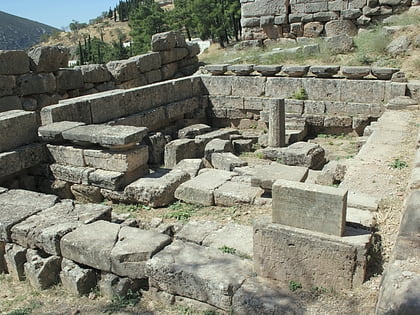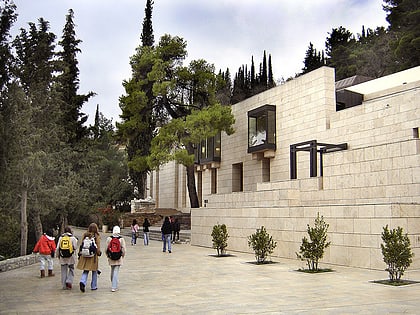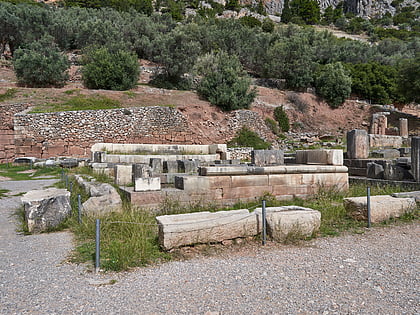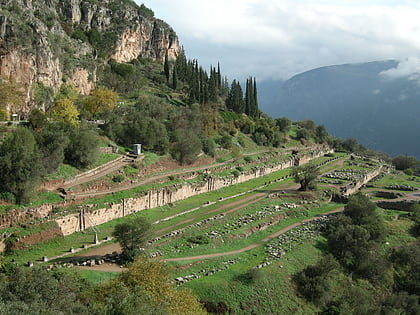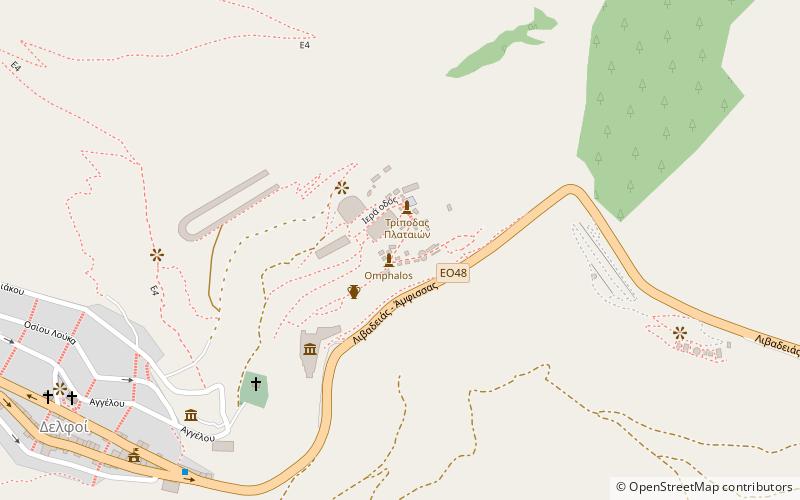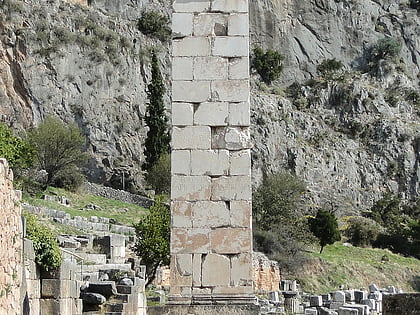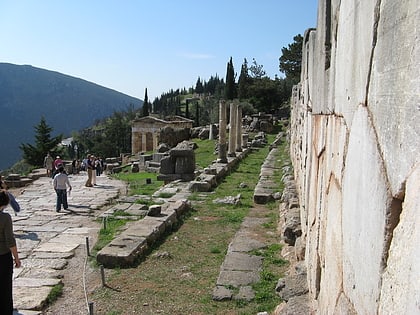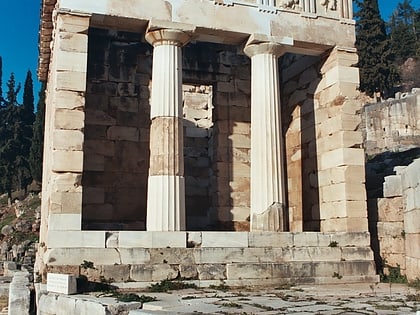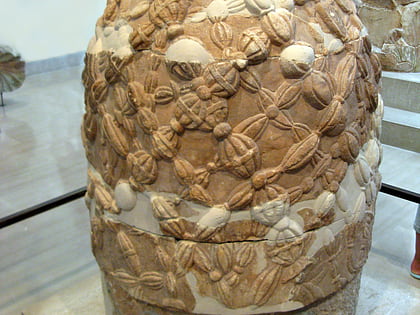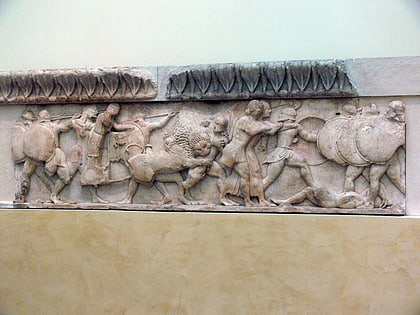Sicyonian Treasury, Delphi
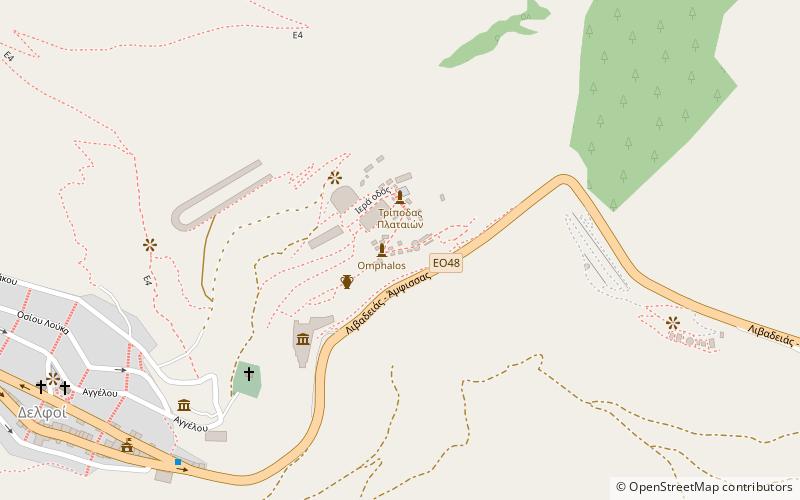

Facts and practical information
Nestled in the sacred landscape of Delphi, Greece, the Sicyonian Treasury stands as a testament to the rich history and cultural significance of this ancient site. This ruin, though modest in size compared to the grandeur of nearby monuments, holds its own unique place in the tapestry of Delphi's storied past.
The Sicyonian Treasury was constructed by the city-state of Sicyon to house the offerings and dedications made to the Oracle of Delphi and the god Apollo. In ancient times, treasuries such as this one were built by various Greek city-states as a display of piety and wealth. They served both a religious function and a political one, showcasing the city-state's prosperity and favor with the divine.
This particular treasury dates back to the 5th century BCE, a period that saw Delphi at the height of its influence as a religious and cultural center. The Sicyonian Treasury, like others in the sanctuary, was designed to inspire awe and reverence. The structure was adorned with intricate sculptures and fine architectural details, many of which have withstood the test of time to offer a glimpse into the artistry of the period.
Today, the Sicyonian Treasury is a ruin, yet it continues to capture the imagination of visitors from around the world. Archaeological efforts have preserved what remains of the treasury, allowing modern spectators to ponder the legacy of Sicyon and the other city-states that once vied for prestige at Delphi.
The site is open to tourists, who can walk among the ruins and experience the aura of ancient mysticism that still clings to the stones. While the grandeur of the Sicyonian Treasury may have faded, its role in the history of Delphi ensures that it remains a significant stop for any traveler interested in the ancient world.
Delphi
Sicyonian Treasury – popular in the area (distance from the attraction)
Nearby attractions include: Delphi Archaeological Museum, Treasury of the Massaliots, Palaestra at Delphi, Cnidian Treasury.
